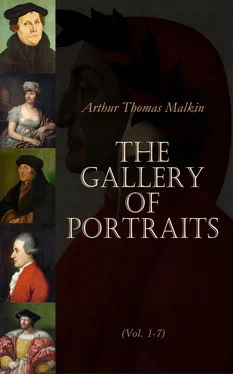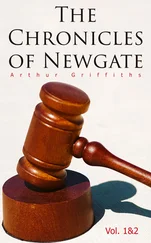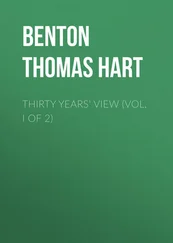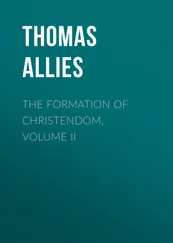In the year 1653, the seventy-fifth of his life, Harvey presented the College of Physicians with the title-deeds of a building erected in their garden, and elegantly fitted up at his expense, with a library and museum, and commodious apartments for their social meetings. Upon this occasion he resigned the Professorship of Anatomy, which he had held for nearly forty years, and was succeeded by Dr. Glisson.
In 1654 he was elected to the Presidency of the College, which he declined on the plea of age; and the former President, Sir Francis Prujean, was re-elected at his request. Two years afterwards he made a donation to the college of a part of his patrimonial estate to the yearly value of £56, as a provision for the maintenance of the library and an annual festival and oration in commemoration of benefactors.
At length his constitution, which had long been harassed by the gout, yielded to the increasing infirmities of age, and he died in his eightieth year, on the 3d of June, 1657. He was buried at Hempstead in Essex, in a vault belonging to his brother Eliab, who was his principal heir, and his remains were followed to the grave by a numerous procession of the body of which he had been so illustrious and munificent a member.
The best edition of his works is that edited by the College of Physicians in 1766, to which is prefixed a valuable notice of his life, and an account of the controversy to which his discovery of the circulation gave rise. All that remain of his writings in addition to those which have been already mentioned, are an account of the dissection of Thomas Parr, who died at the age of 153, and a few letters addressed to various Continental anatomists. His lodgings at Whitehall had been plundered in the early part of the civil war, of many papers containing manuscript notes of experiments and observations, chiefly relating to comparative anatomy. This was a loss which he always continued to lament. The missing papers have never been recovered.
In person he was below the middle size, but well-proportioned. He had a dark complexion, black hair, and small lively eyes. In his youth his temper is said to have been very hasty. If so he was cured of this defect as he grew older; for nothing can be more courteous and temperate than his controversial writings, and the genuine kindness and modesty which were conspicuous in all his dealings with others, with his instructive conversation, gained him many attached and excellent friends. He was fond of meditation and retirement; and there is much in his works to characterize him as a man of warm and unaffected piety.
There are several histories of his life; a very elegant one has lately been published in a volume of the Family Library, entitled ‘Lives of British Physicians.’
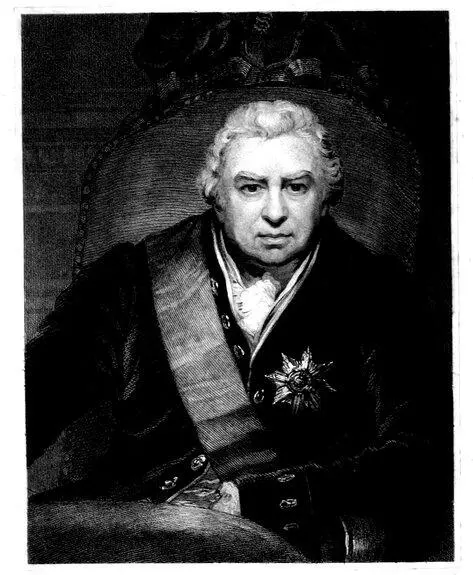
Engraved by C. E. Wagstaff. SIR J. BANKS. From a Picture by J. Phillips, in the possession of the Royal Society. Under the Superintendance of the Society for the Diffusion of Useful Knowledge. London. Published by Charles Knight, Pall Mall East.
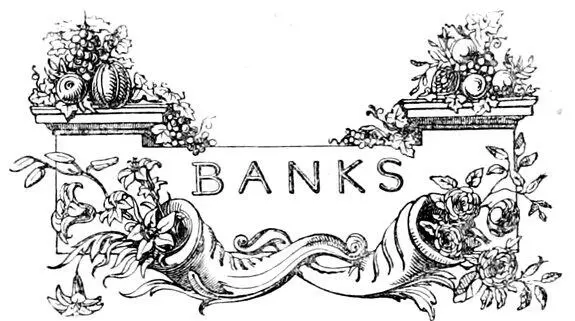
Table of Contents
Posterity is likely to do scanty justice to the merits of Banks, when the grateful recollections of his contemporaries shall have passed away. His name is connected with no great discovery, no striking improvement; and he has left no literary works from which the extent of his industry, or the amount of his knowledge can be estimated. Yet he did much for the cause of science; much by his personal exertions, more by a judicious and liberal use of the advantages of fortune. For more than half a century a zealous and successful student of natural history in general, and particularly of botany, the history of his scientific life is to be found in the records of science during that long and active period. We shall not attempt to compress so intricate and extensive a subject within the brief limits of three or four pages; but confine ourselves to a short sketch of his character and personal adventures. Some fitting person will, it is to be hoped, ere too late, undertake to write the life of our distinguished countryman upon a scale calculated to do justice to his merits: at present this task is not only unperformed, but unattempted.
Joseph Banks was born in London, February 13, 1743. Of his childhood we find few memorials. He passed through the ordinary routine of education; having been first committed to the care of a private tutor at home, then placed at Harrow, afterwards at Eton, and finally sent to complete his studies at Christchurch, Oxford. Born to the inheritance of an ample fortune, and left an orphan at the age of eighteen, it is no small praise that he was not allured by the combined temptations of youth, wealth, and freedom, to seek his happiness in vicious, or even idle pleasures. Science, in one of its most attractive branches, the study of animated nature, was his amusement as a schoolboy, and the favourite pursuit of his mature years: and he was rewarded for his devotion, not merely in the rank and estimation which he obtained by its means, but also in his immunity from the dangers which society throws in the way of those who have the means of gratifying their own passions, and the vanities and interests of their friends.
He quitted the university in the year 1763. In 1766 he gave a proof of his zeal for knowledge by engaging in a voyage to Newfoundland. He was induced to choose that most unattractive region, by having the opportunity of accompanying a friend, Lieutenant Phipps, afterwards Lord Mulgrave, well known as a navigator of the Polar Seas, who was sent out in a ship of war to protect the fisheries. Soon after his return a much more interesting and important field of inquiry was opened to him by the progress of discovery in the southern hemisphere. In 1764 Commodore Byron, in 1766 Captains Wallis and Carteret were sent into the South Sea, to investigate the geography of that immense and then unfrequented region. These expeditions were succeeded in 1768 by another under the command of Captain Cook, who first obtained celebrity as a navigator upon this occasion. Lord Sandwich, then First Lord of the Admiralty, possessed an estate in Lincolnshire on the borders of Whittlesea Mere. Mr. Banks’s chief property lay in the same neighbourhood: and it so chanced that similarity of tastes, and especially a common predilection for all aquatic amusements, had produced a great intimacy between the statesman and his young country neighbour. To this fortunate circumstance it may probably be ascribed, that on Mr. Banks expressing a wish to accompany the projected expedition, his desire was immediately granted. His preparations were made on the most liberal scale. He laid in an ample store of such articles as would be useful or acceptable to the savage tribes whom he was about to visit: and besides the usual philosophical apparatus of a voyage of discovery, he engaged two draughtsmen to make accurate representations of such objects as could not be preserved, or conveyed to England; and he secured the services of Dr. Solander, a Swedish naturalist, a pupil of Linnæus, who had previously been placed on the establishment of the British Museum. The history of this voyage belongs to the life of Cook. The expedition bent its course for the Southern Ocean, through the Straits of Le Maire, at the southern end of America. Mr. Banks and Dr. Solander landed on the desolate island of Terra del Fuego, where the severity of the cold had very nearly proved fatal to several of their party. Dr. Solander in particular was so entirely overcome by the drowsiness consequent on extreme cold and exhaustion, that it was with great difficulty, and by the unwearied exertion and resolution of his more robust companion, that he was prevented from falling into that sleep which is the forerunner of death. Their farther course lay through the islands of the Pacific Ocean to Otaheite, which had been selected as a fitting place for the main object of the voyage, the observing of the passage of Venus over the sun’s disk. At that island their stay was consequently prolonged for several months, during which the Europeans and the natives mingled together, generally on the most friendly terms. In this intercourse Mr. Banks took a very leading part. His liberality, and the high station which he evidently held among the strangers, conciliated the attachment and respect of the unpolished islanders: and the mingled suavity and firmness of his temper and demeanour rendered him singularly fitted both to protect the weaker party from the occasional wantonness or presumption of their visitors, and to check their knavery, and obtain satisfaction for the thefts which they not unfrequently committed. Once the astronomical purposes of the navigators were nearly frustrated by the loss of the large brass quadrant; and the recovery of this important instrument was chiefly due to the exertions and influence of Mr. Banks. Both hemispheres owe to him a tribute of gratitude; for while he gave the savages the improved tools, the esculent vegetables, and the domesticated animals of Europe, his exertions led to the introduction of the breadfruit, and of the productive sugar-cane peculiar to Otaheite, into our West-India colonies.
Читать дальше
